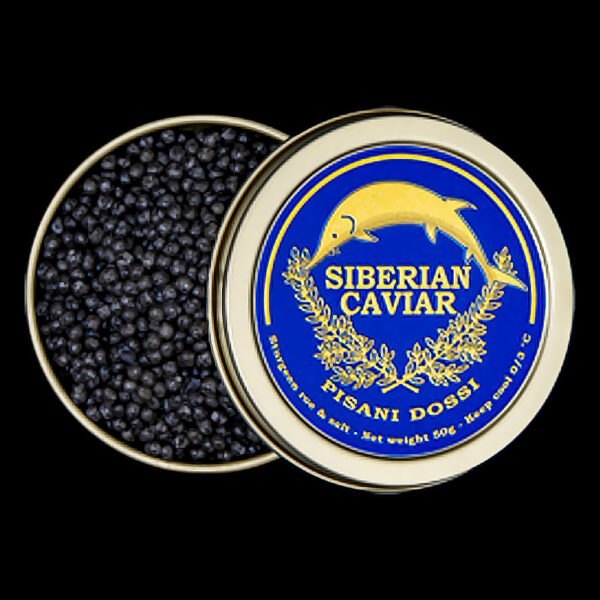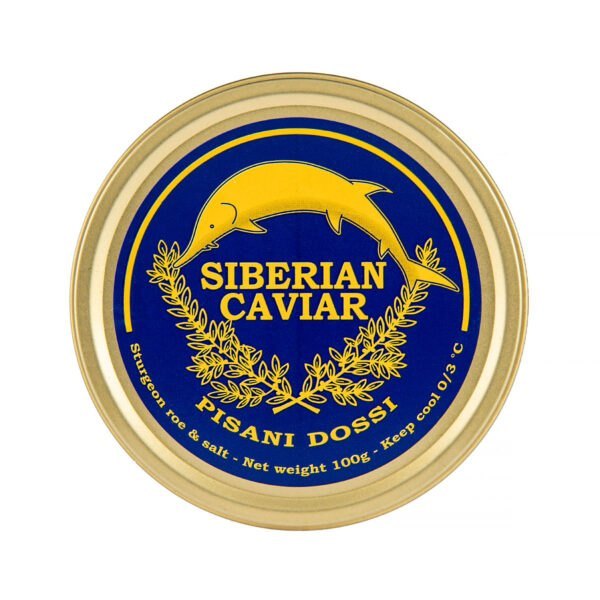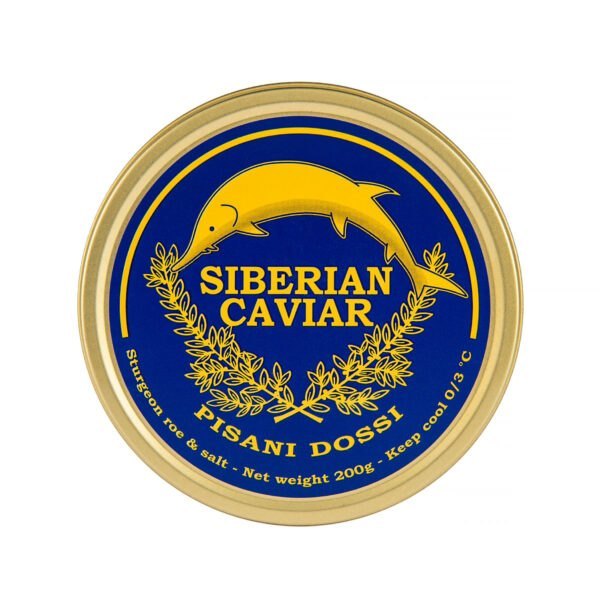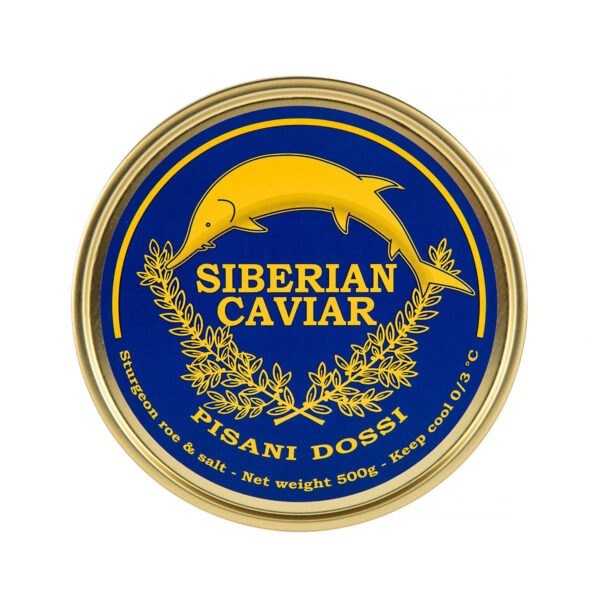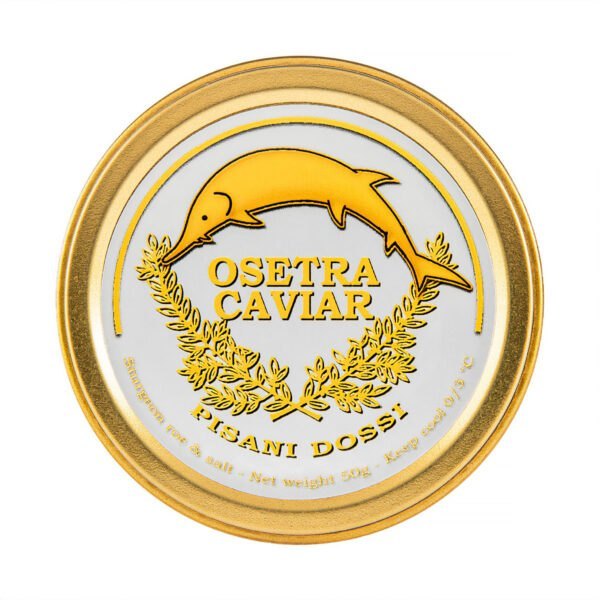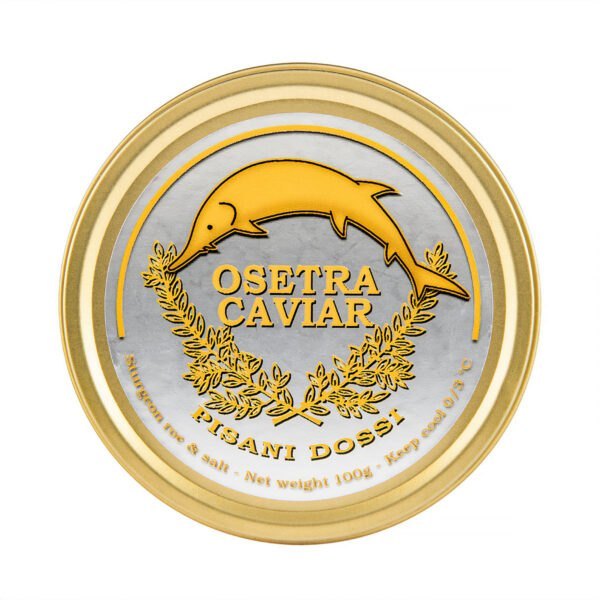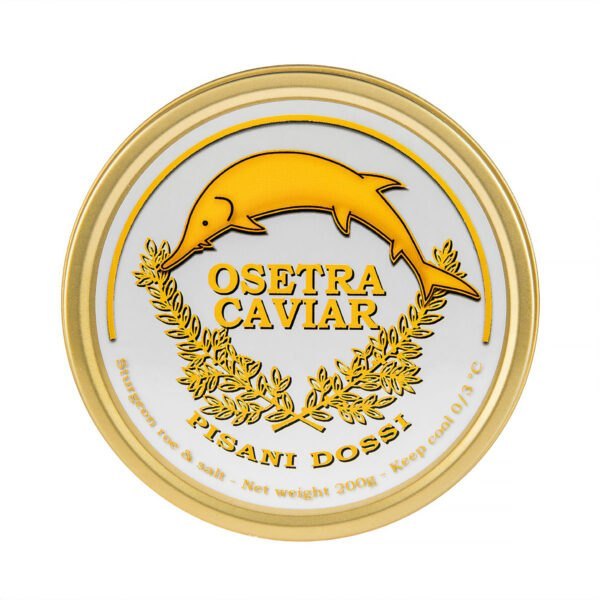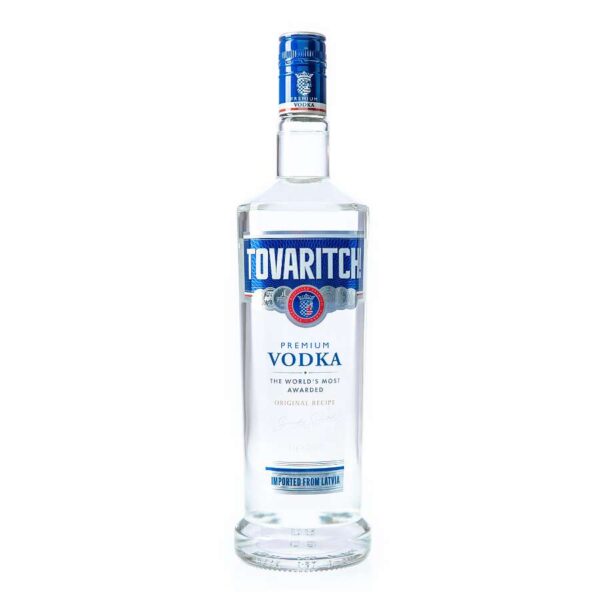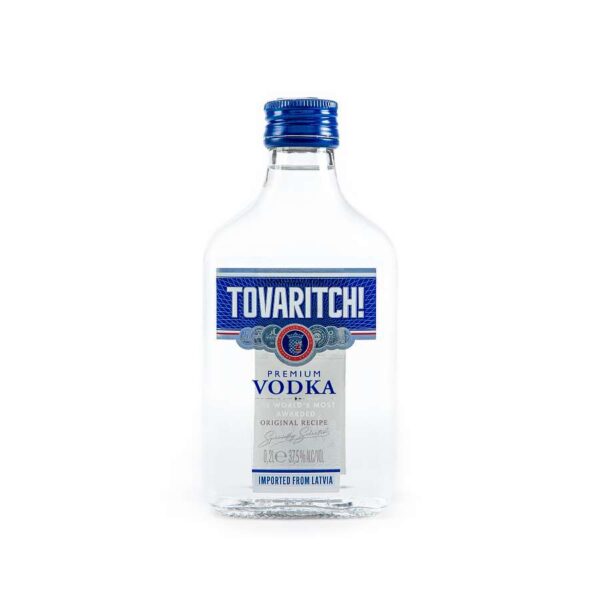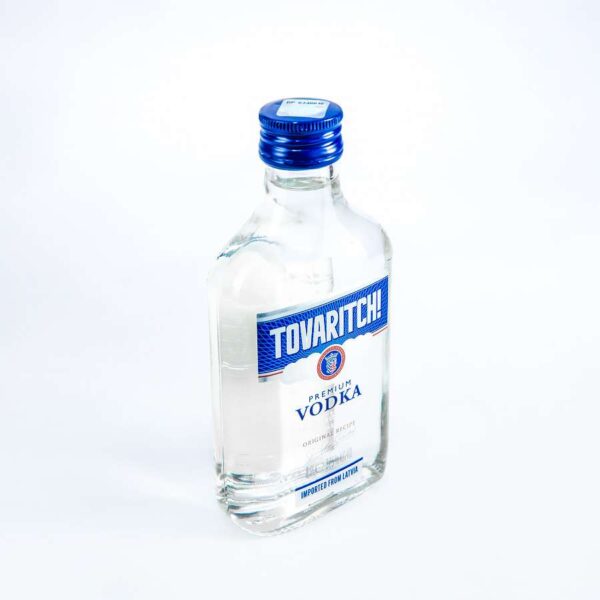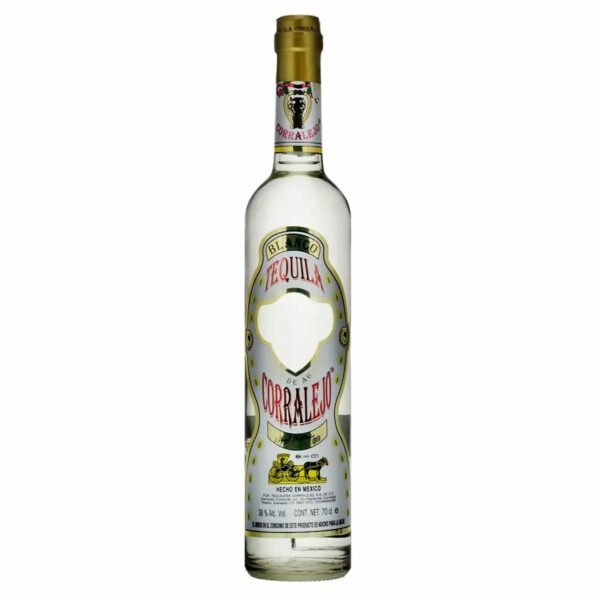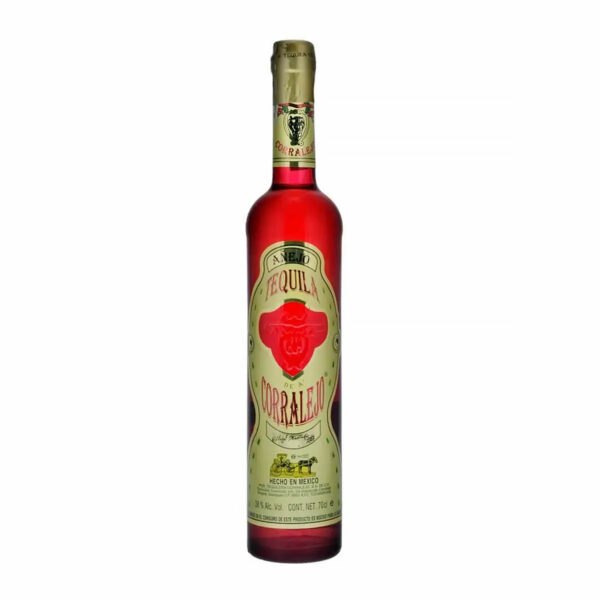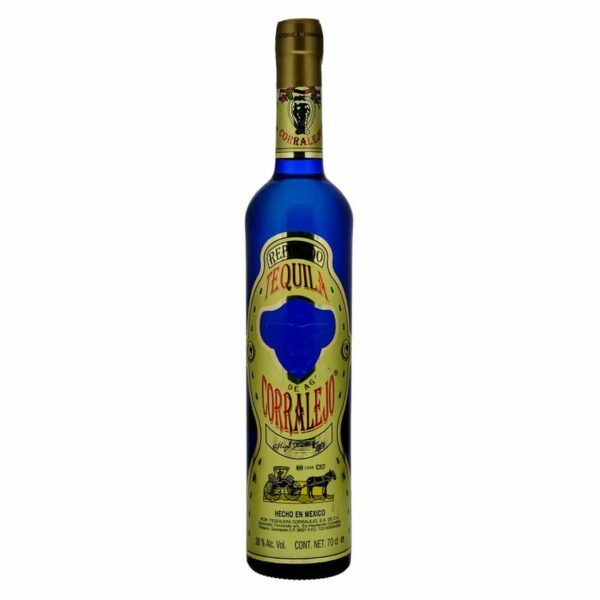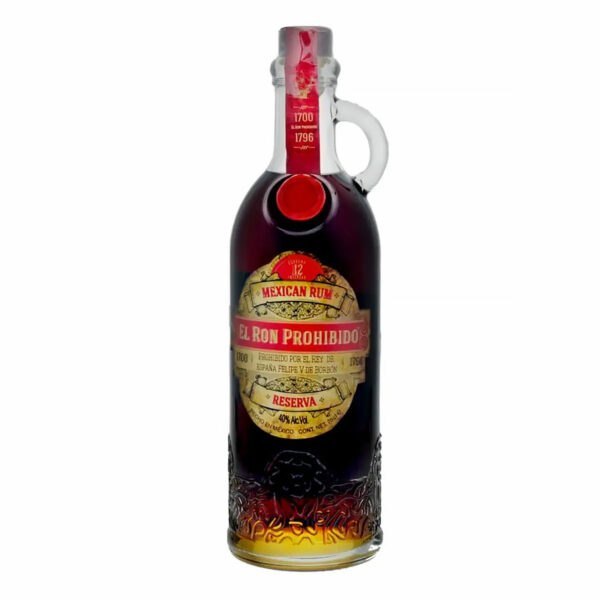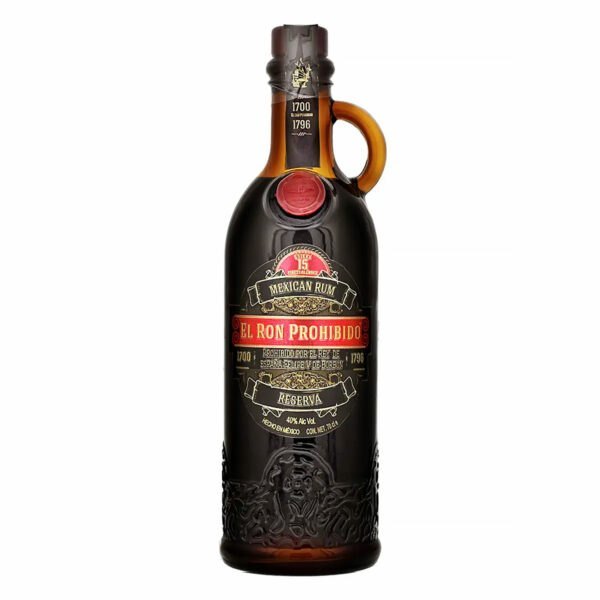Malossol black caviar stands as one of the most prized delicacies in fine dining. The term “malossol” means “lightly salted” in Russian, referring to caviar prepared with minimal salt content, allowing the pure flavor of sturgeon roe to shine through. This preparation method creates a more delicate taste but also makes the caviar more perishable than heavily salted varieties. Proper storage becomes vital for preserving the exceptional quality of this luxury food.
Sturgeon caviar, particularly from species like Osetra, represents the pinnacle of caviar quality. The delicate pearls offer a buttery texture and nutty flavor that can be quickly compromised by improper handling. Each tin contains thousands of tiny eggs that require specific temperature, humidity, and storage conditions to maintain their freshness.
The challenge of storing malossol black caviar lies in balancing preservation with flavor enhancement. Too cold, and the subtle flavors become muted; too warm, and the eggs begin to break down. The right container matters just as much as temperature-metal can react with the caviar, while improper sealing allows air to degrade the product.
For caviar enthusiasts and first-time buyers alike, understanding proper storage techniques means the difference between experiencing this delicacy at its peak or wasting a premium product. The following guide covers everything needed to store malossol black caviar correctly, from ideal temperature conditions to recognizing signs of spoilage, ensuring this luxury item remains fresh from purchase to plate.
Best temperature conditions for black caviar storage
The temperature at which black caviar is stored plays a crucial role in maintaining its freshness and flavor profile. Getting this aspect right ensures the delicate eggs retain their texture, taste, and nutritional value.
Optimal temperature range
Black caviar requires precise temperature control. The ideal storage temperature falls between 28°F and 32°F (-2°C to 0°C). This range keeps the caviar pearls firm without freezing them completely. Standard refrigerators typically run at 37-40°F, which is slightly too warm for optimal caviar storage. The coldest part of a home refrigerator, usually the back of the bottom shelf, makes the best location for storing caviar.
For serious caviar enthusiasts, a dedicated caviar fridge set to the perfect temperature might be worth the investment. These specialized refrigerators maintain the consistent cold temperature needed for long-term caviar storage.
When serving caviar, timing matters. Remove the tin from refrigeration about 5-10 minutes before serving. This brief period allows the flavors to develop fully while keeping the texture intact.
Temperature stability
Temperature fluctuations can damage caviar quality as much as incorrect storage temperature. Each time the temperature changes, the delicate structure of the eggs may be compromised.
Avoid storing caviar in the refrigerator door, where temperatures fluctuate most due to frequent opening and closing. Instead, place the caviar container on the bottom shelf toward the back of the refrigerator, where temperatures remain most stable.
Key temperature points for different caviar states:
- Unopened tins: 28-32°F (-2°C to 0°C)
- During service: Keep on a bed of crushed ice
- After opening: Return to refrigerator immediately after serving
- Maximum time at room temperature: 30 minutes
Maintaining the cold chain from purchase to storage proves essential for preserving caviar quality. When buying caviar, transport it in an insulated bag with ice packs, especially during warm weather. Minimize the time caviar spends outside refrigeration.
Pro tip: Create a dedicated “caviar zone” in the refrigerator by placing a small container of crushed ice on the bottom shelf. Nest the caviar tin in this ice bed for extra temperature protection, especially for long-term storage of unopened tins.
Proper containers that keep caviar fresh longer
The container used for storing caviar significantly impacts how long it stays fresh. The right vessel protects the delicate eggs from air, light, and contamination while preserving their texture and flavor.
Original packaging benefits
The original tin or jar that caviar comes in has been specifically designed for optimal storage. These containers are typically made from materials that won’t react with the caviar and feature tight seals to prevent air exposure.
Most premium caviar comes in vacuum-sealed tins lined with non-reactive materials. These tins protect the caviar from light and air while maintaining the proper moisture level. Whenever possible, keep caviar in its original container until ready to serve.
For unopened caviar, the factory seal provides maximum protection. Once this seal is broken, the clock starts ticking on freshness, regardless of the container used afterward.
Alternative storage options
If transferring caviar becomes necessary, choose containers made from glass or porcelain. These materials won’t impart flavors to the caviar or react chemically with the eggs.
Avoid metal containers unless specifically designed for caviar storage. Metal can react with the salt in the caviar, creating an unpleasant metallic taste. Stainless steel proves less reactive than other metals but still isn’t ideal for long-term storage.
Plastic containers may work for very short-term storage but can allow air exchange and sometimes impart flavors to the delicate caviar. If using plastic, choose food-grade containers with airtight seals.
Recommended container materials for caviar storage:
- Glass jars with tight-fitting lids
- Porcelain containers with sealing mechanisms
- Original caviar tins (preferred option)
- Mother-of-pearl or bone serving dishes (for immediate consumption only)
Airtight sealing importance
Oxygen exposure ranks among the biggest threats to caviar freshness. Each time air contacts the caviar, oxidation occurs, degrading both flavor and texture.
Look for containers with rubber gaskets or other sealing mechanisms that create a true airtight environment. After each use, wipe the rim of the container clean before resealing to ensure a perfect seal.
Some caviar enthusiasts use vacuum sealers for opened caviar, though this requires transferring to a vacuum-safe container. While this method can extend shelf life slightly, it’s generally better to consume the caviar quickly once opened rather than trying to store it long-term.
Pro tip: When serving caviar, work with small portions at a time. Keep the main container refrigerated and only bring out what will be consumed within 30 minutes. This practice minimizes temperature fluctuations and air exposure for the remaining caviar.
Signs of spoilage to watch for in malossol caviar
Knowing how to identify spoiled caviar saves both money and potential digestive distress. Since malossol caviar contains minimal preservatives, recognizing freshness becomes particularly important.
Visual indicators
Fresh caviar displays a glossy appearance with distinct, separate eggs. Each pearl should look plump and whole, not mushed together or broken. The color should be consistent throughout the container, though the exact shade varies by sturgeon species.
Signs of visual spoilage include:
- Dull, matte appearance instead of glossy sheen
- Excessive liquid in the container
- Broken or mushy eggs that lose their distinct shape
- White film or mold growing on the surface
- Significant color changes or discoloration
Premium black caviar typically ranges from dark gray to jet black. Osetra caviar often shows golden or amber highlights. Any significant deviation from the expected color range may indicate spoilage.
Aroma assessment
Fresh caviar has a clean, oceanic scent. The smell should be mild and pleasant, reminiscent of the sea but never strongly fishy. As caviar begins to spoil, the aroma changes noticeably.
Caviar smell test checklist:
- Fresh caviar: Mild, clean ocean scent
- Starting to spoil: Increasingly fishy smell
- Spoiled caviar: Strong, unpleasant fishy or ammonia-like odor
Trust your nose when evaluating caviar freshness. If the smell seems off in any way, err on the side of caution and discard the product. The smell test provides one of the most reliable indicators of caviar quality.
Texture changes
Fresh caviar eggs should feel firm yet delicate, popping pleasantly in the mouth. Each egg maintains its individual shape while still being tender. Texture changes often signal spoilage.
When caviar begins to deteriorate, the eggs may become:
- Mushy or overly soft
- Excessively hard or dry
- Gritty or grainy
- Stuck together in clumps
The floating test offers another way to check caviar freshness. Place a few eggs in a small cup of cold water. Fresh caviar eggs sink, while spoiled eggs typically float due to gas produced during decomposition.
Pro tip: Always use a clean, non-metal spoon when checking caviar quality. Metal can affect both the taste and accelerate spoilage. Mother-of-pearl, bone, or plastic spoons work best for testing and serving caviar.
Premium black caviar without preservatives at PremiumCaviar Shop
PremiumCaviar stands as a distinguished purveyor of fine caviar products, focusing on natural, preservative-free offerings that showcase the true essence of this luxury food.
About PremiumCaviar company
PremiumCaviar has established itself as a trusted source for high-quality caviar products. The company emphasizes ethical sourcing practices, working with sustainable sturgeon farms that maintain the highest standards of quality control. This commitment ensures customers receive caviar that meets strict quality guidelines while supporting responsible aquaculture.
The company philosophy centers on providing authentic caviar experiences without unnecessary additives. By focusing on preservative-free products, PremiumCaviar allows customers to taste caviar as nature intended-pure, clean, and full of natural flavor nuances.
With a dedication to freshness, PremiumCaviar implements careful handling procedures throughout the supply chain. From harvest to packaging to delivery, the caviar remains under optimal conditions to preserve its delicate characteristics.
The PremiumCaviar shop features an impressive selection of caviar varieties, with special focus on sturgeon and Osetra caviar. Each product undergoes rigorous quality testing before being offered to customers.
PremiumCaviar product highlights:
- Premium Siberian Sturgeon Black Caviar: Known for its medium-sized pearls and balanced flavor profile with nutty undertones
Premium Siberian Sturgeon Black Caviar
Premium Siberian Sturgeon fresh black caviar 50gr. Pisani Dossi
Premium Siberian Sturgeon fresh black caviar 100gr. Pisani Dossi
- Premium Osetra Black Caviar: Features larger, firmer eggs with a distinctive golden-brown to black color and rich, buttery taste
Premium Osetra Black Caviar
Premium Osetra fresh black caviar 50gr. Pisani Dossi
Premium Osetra fresh black caviar 100gr. Pisani Dossi
- Complementary luxury items: Premium alcohol selections designed to pair perfectly with caviar offerings
Premium Alcohol
The shop structure makes finding the perfect caviar simple, with clear categorization by sturgeon species, price point, and flavor profile. Detailed product descriptions help customers make informed choices based on their preferences and serving occasions.
Preservative-free advantages
Caviar without preservatives offers a purer taste experience but requires more careful handling. PremiumCaviar specializes in malossol (lightly salted) varieties that contain only minimal salt as a natural preservative.
The absence of chemical preservatives like borax or benzoic acid means the true flavor of the sturgeon roe shines through. Many caviar connoisseurs prefer this natural approach, as it allows for the full appreciation of the caviar’s subtle flavor notes.
Without artificial preservatives, the shipping and storage processes become even more critical. PremiumCaviar employs specialized packaging techniques to ensure their preservative-free products arrive in peak condition, ready for proper storage in the customer’s home.
Pro tip: When ordering preservative-free caviar from PremiumCaviar, schedule delivery for a day when someone will be home to receive the package. Immediately transfer the caviar to the coldest part of the refrigerator to maintain the quality of these natural products.
Serving suggestions after removing from storage
Proper serving techniques showcase caviar at its best after careful storage. The right presentation enhances the caviar experience, allowing its complex flavors to shine.
Temperature and timing
Timing plays a crucial role when serving caviar. Remove the container from refrigeration about 10-15 minutes before serving. This brief period at cool room temperature allows the flavors to open up while maintaining the ideal texture.
Never let caviar sit at room temperature for more than 30 minutes. During service, place the caviar container on a bed of crushed ice to maintain freshness throughout the meal. This method keeps the caviar at the perfect temperature without freezing it.
For outdoor events or warm environments, use a double-bowl method: place the caviar dish in a larger bowl filled with ice. Replenish the ice as needed to keep the caviar chilled throughout service.
Proper serving utensils
The choice of serving utensils affects both the caviar experience and its freshness. Metal spoons can react with caviar, creating an unpleasant metallic taste that overwhelms the delicate flavor.
Best materials for caviar utensils:
- Mother-of-pearl spoons (traditional and ideal)
- Horn or bone implements
- Wood or bamboo spoons
- Food-grade plastic spoons
- Gold-plated utensils (non-reactive with caviar)
Provide small spoons for guests to serve themselves modest portions. This approach not only follows caviar etiquette but also minimizes handling of the main caviar supply, keeping it fresher longer.
Traditional accompaniments
Classic caviar service includes specific accompaniments that complement without overwhelming the caviar’s flavor. Traditional Russian service features blini (small buckwheat pancakes), crème fraîche, and finely chopped hard-boiled eggs.
Traditional caviar accompaniments list:
- Blini or toast points (unsalted)
- Crème fraîche or sour cream
- Finely chopped hard-boiled egg whites and yolks (served separately)
- Minced shallots or red onion
- Fresh lemon wedges
- Chopped chives
- Small boiled potatoes
For the purest experience, try a small spoonful of caviar alone first to appreciate its natural flavor. Then experiment with different combinations of accompaniments to find your preferred serving style.
Pro tip: When planning a caviar service, calculate about 30-50 grams (1-2 ounces) per person for an appetizer portion. This amount allows guests to enjoy the caviar without overwhelming their palates or breaking the bank.
Common mistakes when storing premium black caviar
Even caviar enthusiasts sometimes make storage errors that compromise quality. Recognizing these common mistakes helps avoid costly disappointments.
Temperature errors
One frequent mistake involves storing caviar at standard refrigerator temperatures (around 38-40°F) rather than the colder 28-32°F range that caviar requires. This seemingly small difference significantly impacts shelf life and quality.
Another temperature-related error occurs during transportation. Caviar left in a warm car or at room temperature for even an hour can suffer quality degradation. Always transport caviar with ice packs and store it properly immediately upon arrival home.
Some people mistakenly freeze caviar thinking it extends shelf life. While freezing technically preserves caviar, it damages the delicate egg structure, resulting in mushy texture and compromised flavor upon thawing. Premium black caviar should never be frozen.
Container mistakes
Using improper containers ranks among the most common storage errors. Metal containers, particularly those made of reactive metals like copper or aluminum, can create metallic off-flavors in caviar.
Failing to create an airtight seal allows oxygen to contact the caviar, accelerating spoilage. After each use, wipe the rim of the container clean and ensure the lid seals completely to maintain freshness.
Some people transfer caviar to containers that are too large for the amount being stored. Excess air space in the container speeds oxidation. Choose a container that matches the volume of caviar being stored, with minimal air space above the product.
Common container mistakes to avoid:
- Using reactive metal containers
- Failing to create airtight seals
- Choosing oversized containers
- Using porous materials that absorb odors
- Storing in containers with strong odors from previous contents
Handling and cross-contamination
Improper handling during serving often leads to premature spoilage. Using metal spoons, double-dipping, or allowing caviar to reach warm temperatures during service all compromise quality.
Cross-contamination from other foods can introduce bacteria that accelerate spoilage. Always use clean utensils dedicated solely to caviar service. Never return caviar that has been sitting at room temperature to the main container.
Some enthusiasts make the mistake of repeatedly opening and closing the caviar container, exposing it to air and temperature changes each time. Instead, remove only what will be consumed immediately and keep the main supply properly stored.
Pro tip: Create a dedicated caviar service kit with proper non-metal spoons, a small glass bowl for serving, and an ice bowl for keeping the serving portion chilled. This preparation minimizes handling of the main caviar supply and reduces contamination risks.
Conclusion
Proper storage of malossol black caviar represents both an art and a science. The delicate nature of sturgeon roe demands attention to detail at every stage-from purchase to plate. Following the guidelines outlined above helps preserve the exceptional quality that makes premium varieties like Osetra so highly prized.
Temperature control stands as the most critical factor in caviar storage. Maintaining the ideal range of 28-32°F protects the delicate eggs from deterioration while preserving their distinctive flavor profile. Equally important is the choice of container-non-reactive materials with airtight seals provide the best protection against the enemies of freshness: air, light, and contamination.
Learning to recognize signs of spoilage saves both money and disappointment. Visual cues, aroma changes, and texture differences all signal when caviar has passed its prime. This knowledge proves particularly valuable when dealing with preservative-free products like those offered by PremiumCaviar, where natural freshness depends entirely on proper handling.
The serving process deserves as much attention as storage. Proper temperature acclimation, non-reactive utensils, and traditional accompaniments showcase caviar at its best. By avoiding common storage mistakes-improper temperatures, unsuitable containers, and careless handling-caviar enthusiasts can enjoy this luxury food at its peak quality.
Ultimately, the care taken in storing malossol black caviar reflects respect for this extraordinary delicacy. The reward for proper storage comes in the moment of tasting-when each perfect pearl delivers its burst of complex flavor, the essence of the sturgeon preserved through careful handling from harvest to table.


